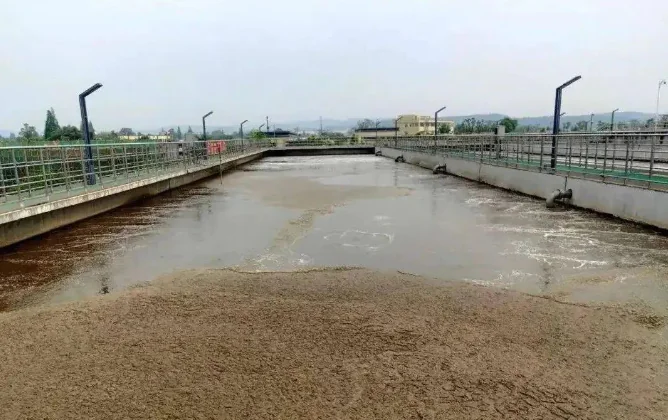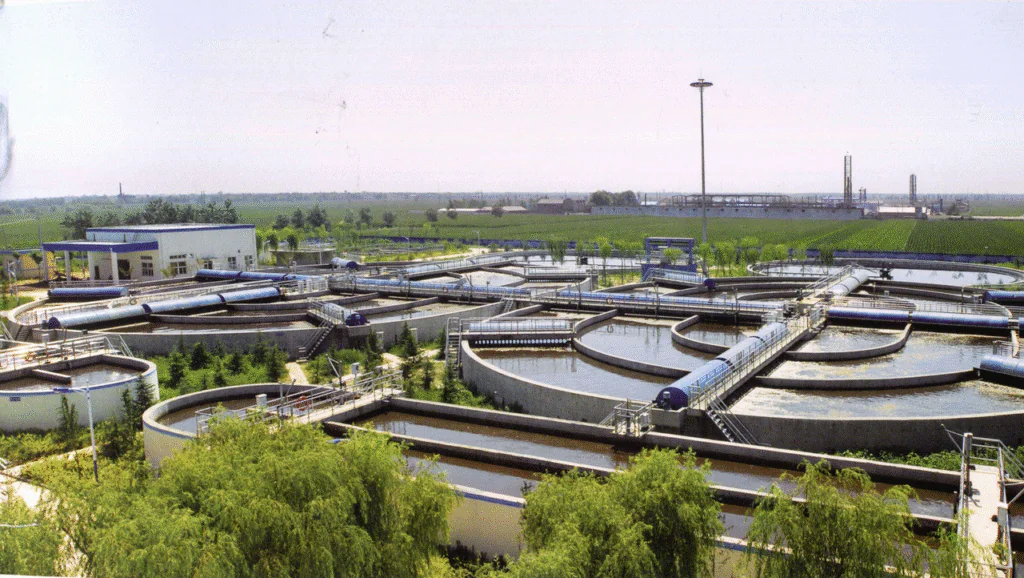In biological wastewater treatment, controlling sludge concentration is very important. It keeps the system running well and meeting discharge standards.
When the influent water quality and flow are stable, too high sludge concentration will cause problems. It not only raises your costs but also makes treatment worse. This can even lead to discharge exceeding the limit.
This guide shows the main risks of high sludge concentration. It helps wastewater plants find problems early and improve operation.
Big Increase in Dissolved Oxygen (DO) Demand
When sludge concentration goes up, there are more microbes. This means they need more dissolved oxygen (DO). To keep the biological reaction working, blowers and aerators must run longer and harder. This wears out the equipment. It also wastes a lot of energy and raises costs.
Heavy Load on Equipment, Higher Running Costs
High sludge concentration makes mixers, pumps, and other equipment work overload. Energy use and machine wear increase. Also, the system resistance goes up. So, treatment becomes less efficient. This is a “high cost, low output” situation.

C:N:P Ratio Gets Out of Balance
A good C:N:P ratio is key for healthy microbes. When sludge is too high, nutrients are not enough. This breaks the balance. Microbes lose activity and can’t work well. Then, treatment becomes unstable or even worse.
Sludge Aging, Poor System Performance
High sludge with low food causes “too many people, too little food.” Microbes don’t get enough to eat. They become weak and old. Then, treatment power drops. It also makes it easier for filamentous bacteria to grow.
More Filamentous Bacteria and Sludge Loss Risk
High sludge plus low load (F/M < 0.05) often makes filamentous bacteria grow too much. This raises SVI. Sludge settles poorly. Then, in the secondary clarifier, you see foam, scum, and sludge loss. This hurts water quality. In bad cases, the whole system becomes unstable.
If the sludge layer is too thick and you don’t remove sludge in time, anaerobic reactions may happen at the bottom. Gas pushes sludge up. This makes sludge loss even worse.
Much More Chemical Usage
When sludge is too high, you must add more coagulants and flocculants to keep water quality good. This is clear with polyacrylamide (PAM). It’s used more for sludge dewatering and settling. This drives up operating costs.

✅ Summary
Too high sludge concentration may look like “plenty of microbes.” But it hides many risks:
- more energy use
- overload on equipment
- system less stable
- lower treatment power
Controlling sludge concentration and removing sludge properly is key to keep your system working well. Operators should test sludge concentration often (MLSS, SVI, etc.). Look at how water quality changes. Then adjust sludge removal and carbon dosing in time. This stops problems early.
If you have similar problems in wastewater operation, leave a comment. We’ll keep sharing useful tips and case studies.
